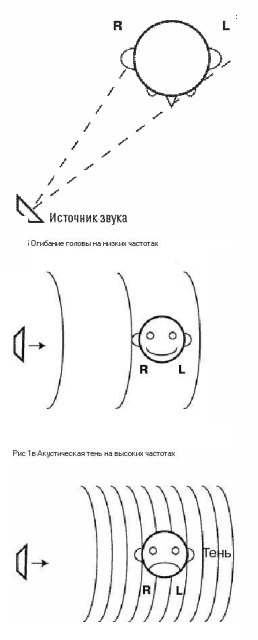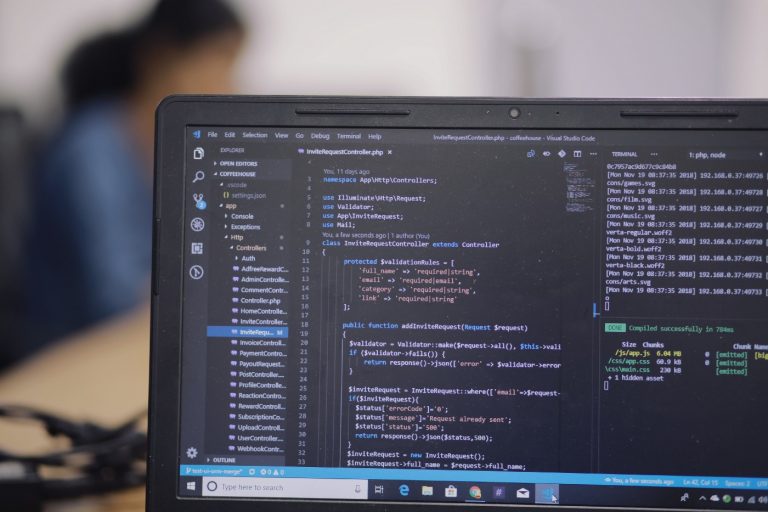DSystem and how it works
It’s a system that enhances the sound of any headphone, enhances spatial realization, and practically implements QIS.
“Any sufficiently advanced technology is indistinguishable from magic.” – Arthur Clarke
Introduction
Perhaps with these words I would like to begin my short story about how for a long time I wanted to get the best sound. Probably, many of you have ever listened to a good symphony orchestra, or, let’s say, at least a friend who played some songs for you. I always wanted to repeat this natural, live sound. I started building my stereo system, which had a lot of different units/formats and other devices. About six months ago, I began to realize that the sound is very strongly influenced by the room (or rather, echo, room reverberations, etc.). It was the room that created the buzz at low frequencies and the indistinctness at high frequencies. And I began to solve this issue.
The first thing that came to mind was reducing the echo in the room through various traps and similar methods. Yes, it worked, but I could not achieve the proper result. After there were numerous other ways, but nothing good happened there either.
Then I decided: why not use headphones? After all, there the echo is almost zero, in addition, I will not interfere with my relatives, I can take headphones on a trip, not to mention their light weight and compactness.
Everything would have been fine, but the headphones had very little volume of sound, there was not enough stage and the width of the “space”. It had to be decided…
I tested a lot of software that was created in order to get surround sound, but they all worked strangely, gave strong distortion, and also that unloved echo. Then, after thinking everything over, I decided to create my own surround sound system. It was decided to name it “DSystem” (dsistem).
So, with the introduction over, we can now move on to how my system works. Let’s start!
Providing a spatial panorama, intelligibility and separation of signals from other signals and noise is the most important task of a sound engineer when recording and processing sound, and since this requires the use of binaural hearing properties, the analysis of these properties is the goal of this part.
First, we need to understand how human hearing determines where a sound is coming from. The presence of two hearing receivers (ears) provides a person with the ability to perceive the spatial sound world and evaluate the movement of sound signals in space. The information that enters both auditory canals is processed in the peripheral part of the auditory system (subjected to spectral-temporal analysis) and then transmitted to the higher parts of the brain, where, by comparing this information from two different channels, a single spatial auditory image is formed.
The error in estimating the azimuth of the sound source in the horizontal plane is 3…4° in front, and approximately 10…15° in the back and in the vertical plane, which is explained by the screening effect of the auricles. For human hearing, time and intensity differences are very important. Let’s start in order:
Time differencethis is the difference that works on the principle that the sound wave reaches the right and left ears at different times (due to the speed of sound in the air, and the temperature must also be taken into account), due to this, our brain determines which side the sound comes from .

intense difference – this is when the sound in one ear is louder than in the other, the brain will perceive the signal where it is louder. The greatest difference in sound pressure levels acting on the left and right ear occurs when the source is in a lateral position (90°). For example, the squeak of a mosquito above the ear. Also, at high frequencies, the “acoustic shadow” effect appears – this is when the head forms an obstacle, and the HF level drops. (see Irina Aldoshina – “Fundamentals of Psychoacoustics.” The book is very cool, I recommend it to everyone).

There is also HRTF and HRIR technology (in general, this is an emulation of the sound of the auricle, i.e. the auricle at different angles has a different frequency response and phase response. Thanks to this, a person also determines where, what and how is located). I studied it, but it did not give a special effect, and at the same time it distorted the sound quite well. So far I decided without it (if anyone is interested, please read, interesting article).
Implementation:
We have two ears. And two speakers in each ear. Theoretically, we can extract a channel from an audio file, say, for the right speaker, and create a description of how the sound will go to the right ear and to the left. Then it’s all a matter of live processing “hot” and getting the emulation of ideal speakers in an anechoic chamber. This method also has no reverb. But there is volume.
PROFIT!
And now for an example. Suppose we have a signal (for example, a drum), we take a signal from the left channel, thanks to special calculations we get that the signal will go to the right channel for 0.0003 s longer (we use delays like in car audio or in home theaters), we reduce all frequencies channel with processing up to 1 kHz at -6 dB, and after 1 kHz – at -9 dB. and send it all to the right channel of the headphones. (This was all done by practical calculations. IMPORTANT: take into account the distance between the ears (I currently have it 13.5 cm) and the distance to the imaginary speakers. You can also take into account the air temperature).
Eee… it worked!!! With good headphones, I managed to completely forget about where the speakers are, the sound revolves around the head, and there is pleasure from the music. And most importantly – no echo. I decided to write a small plugin, which is still under development, but in other ways (through audio editors) I was able to get files with music of different genres. And they have to be here somewhere.
In fact, in the near future I want to add a VST plugin, and further develop the project.
At the moment it looks like this:

In conclusion of all of the above, I would like to note that in the future there will be more improvements on this project, etc. and so on.
Waiting for criticism and suggestions! Thank you for your attention!
Information:




